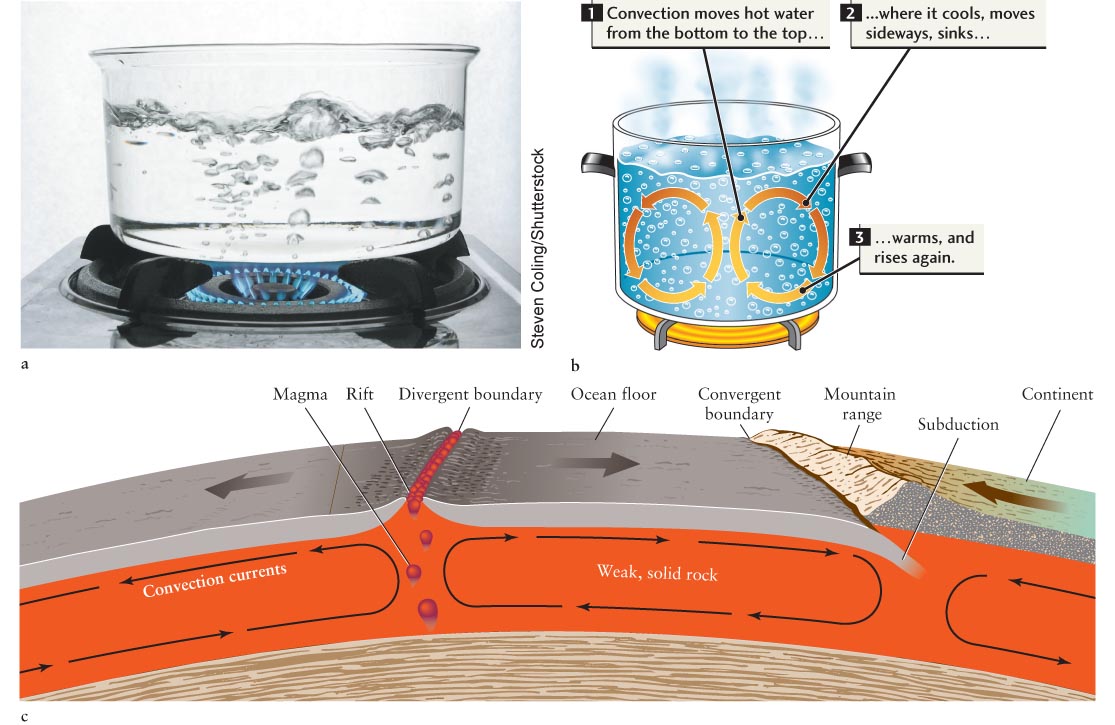
Figure 6- r- t—